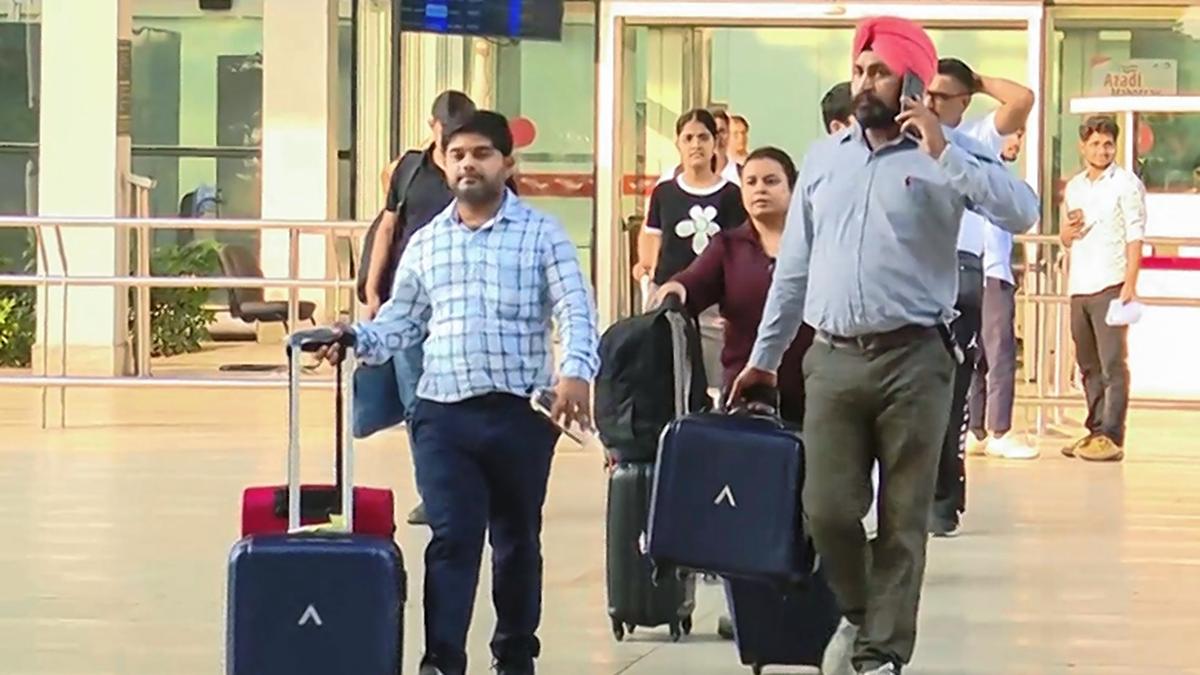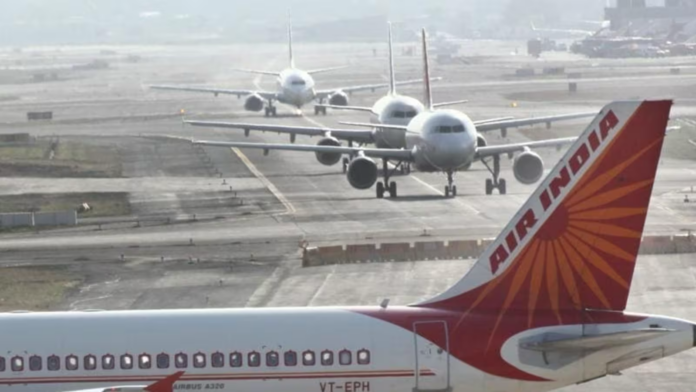In a bizarre turn of events that disrupted air travel across the country, a 25-year-old unemployed man from Delhi has been arrested for allegedly issuing bomb threats to more than 275 flights since October 14, 2024. Shubham Upadhyay, a resident of Uttam Nagar, took the idea from television news reports on similar hoaxes and decided to replicate the act on a massive scale, prompting a swift response from law enforcement agencies.
Why Did Shubham Upadhyay Issue Bomb Threats?
According to the Delhi police, Upadhyay, a Class 12 graduate, started issuing bomb threats as a form of attention-seeking prank after watching television coverage of recent bomb hoaxes. His motivation was reportedly simple but disturbing—he wanted to gain attention and fame through these threats. Despite the potential consequences, he allegedly posted threats on social media, targeting Delhi-bound flights by copying their schedules and attaching threats.
In a statement, Usha Rangnani, Deputy Commissioner of Police (IGI Airport), confirmed, “He wanted to draw attention to himself and sent the messages as a prank. The matter is currently under further investigation.”

Tracing the Threats and the Arrest
The authorities traced the social media posts back to Upadhyay’s account early Saturday morning. Acting quickly, the police registered a case under the Suppression of Unlawful Acts against Safety of Civil Aviation (SUA-SCA) Act and relevant sections of criminal intimidation. The gravity of the crime, which jeopardizes public safety and causes widespread panic, led to his immediate detention.
This incident isn’t isolated. Just last week, Mumbai police detained a 17-year-old in connection with bomb threats targeting four flights, adding to a worrying trend. The alarming number of hoaxes has spurred increased security measures at major airports and heightened police surveillance.
The Rise of Bomb Hoaxes and Government Response
With fake bomb threats causing chaos in airports nationwide, the Indian government is now grappling with the repercussions of these disturbing pranks. Civil aviation minister Ram Mohan Naidu addressed the issue publicly, saying, “We are deeply concerned in the wake of recent hoax bomb threats disrupting air travel. I assure you that safety and security are our highest priorities, and we are committed to taking strict action against those behind these malicious acts.”
The Ministry of Electronics and Information Technology has also issued an advisory, urging social media platforms to act quickly on such bomb threats to prevent public panic. Platforms have been warned of potential consequences for failing to curb this dangerous trend, with the ministry emphasizing that hoax threats pose a significant risk to public order.
Social Media’s Role in Spreading Panic
The incident highlights the role of social media in amplifying these threats. Upadhyay used social media as his primary tool to spread fear, demonstrating how easily a hoax can escalate. The reach and speed of social media allowed his threats to quickly gain traction, putting additional pressure on law enforcement agencies.
The government’s recent advisory to social media platforms emphasizes the need for stricter moderation and accountability. It also signals the rising concerns within the government about how misinformation on these platforms can disrupt public safety and order.
Tightened Security and Assurances to the Public
In response to the hoaxes, security around IGI Airport and other major airports has been ramped up. Authorities have reassured the public that every threat is being thoroughly investigated and that safety measures are in place to protect passengers. While police have strengthened vigilance, the incident has left travelers on edge and highlighted vulnerabilities within the aviation sector.
A Costly Prank: The Consequences of Bomb Hoaxes
What may have started as an attention-seeking prank has now spiraled into a serious criminal case, with potential jail time for Upadhyay. Bomb threats, even hoaxes, are treated as severe crimes under Indian law due to their potential to incite panic and disrupt essential services. The SUA-SCA Act and sections of criminal intimidation ensure strict punishment for those convicted of such crimes.
Authorities are also looking into whether Upadhyay was influenced by or connected to other hoaxers, as multiple similar threats have been issued recently. With his arrest, police hope to discourage others from attempting similar acts, sending a strong message that such “pranks” will be met with zero tolerance.
A Disturbing Trend Needs Immediate Action
Upadhyay’s arrest serves as a wake-up call to the authorities and the public alike. In a time when digital platforms make it easy to spread misinformation and incite fear, stricter regulations, heightened vigilance, and public awareness are essential. The government’s actions and advisories show a commitment to curbing such threats, but it is equally important for citizens to act responsibly.
As this investigation unfolds, Upadhyay’s actions underscore the potentially catastrophic effects of a single individual’s irresponsible behavior. With aviation security being of utmost priority, both the government and the public must work together to prevent these dangerous pranks from becoming a norm.

